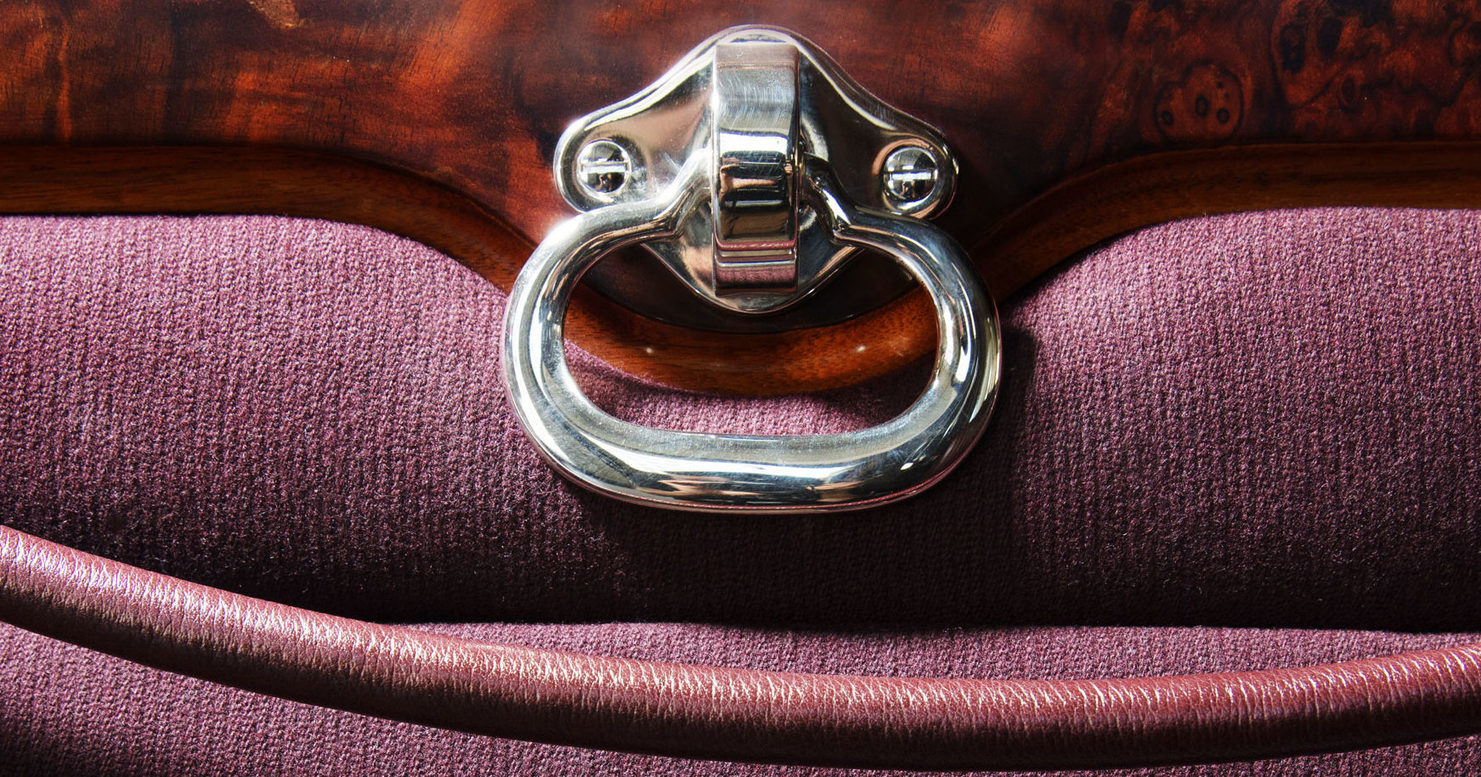Some of this rise in the interior’s importance is based on the trickle-down impact of logistics. The average American commute has increased by more than twenty percent since 1980, and globally in mega-cities like Beijing and Cairo, time in the car can stretch out toward the unimaginable. And so people create more requirements of their vehicle.
“The interior of an automobile used to be nothing more than a soft bench seat and a roof to keep occupants comfortable and out of the elements,” says Michael Harley, executive analyst for industry research firm Kelley Blue Book. “Today, it’s a safety cage, a music amphitheater, a telephone conference room, a place to eat meals, and more. Vehicles are no longer machines that simply move people between two points, and shoppers demand much more from the interior than they did even a decade ago.”
Another driver of interior innovation? The vehicle safety and crashworthiness regulations cramp the creativity of exterior designs by necessitating features like smaller windows and blunter front grilles. Combined with the immutability of aerodynamics, you can see why so many cars these days look the same. As exterior design becomes more generic, the interior can shine as a point of differentiation.
Sourced through Scoop.it from: www.wired.com




Leave A Comment